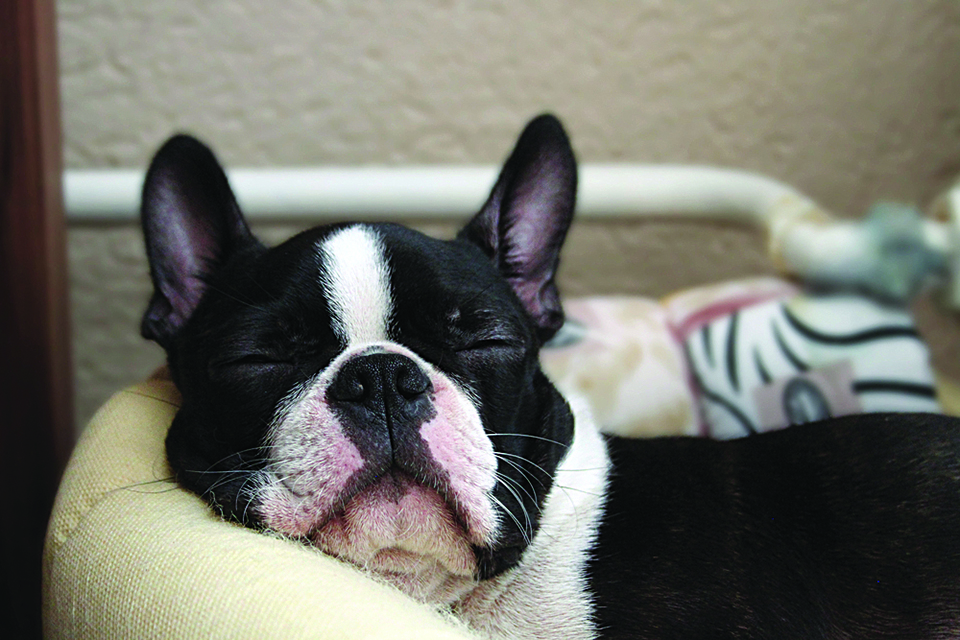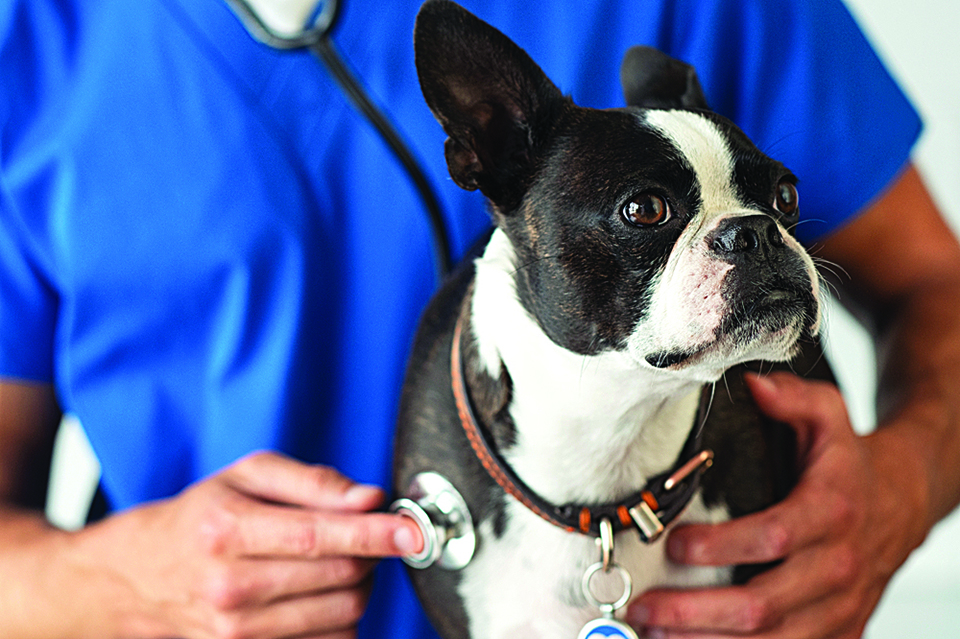All forms of shock share a common concern: inadequate perfusion.”
– Garret E. Pachtinger, VMD, DACVECC
Sometime in 2008 while on duty, I took a look at our patients and wondered who needed special attention. Among those confined at the time was a Boston Terrier who had what seemed to be a respiratory condition. The Dog was brought in because of an infection that caused dehydration.
I checked the others to see how they were. At around 10 in the evening, I proceeded to the office and went over our notes to relax a bit.
After an hour, I went out again to take note of that particular Dog.
He seemed to be suffering from respiratory embarrassment, with rapid and shallow breathing. His heart was racing, too.

URGENT RESPONSE NEEDED
After an hour had passed, I went out of my office to check on the Terrier. No sooner had I turned my back when the nurses called me in a rather pressing tone to tell me that the Dog was in shock.
Things had escalated rather quickly! Just a moment ago, the Dog was having difficulty breathing, but he was not yet in shock.

SURGICAL INTERVENTION
Recognizing shock took practice. But as a medical professional, I had already developed a sharp eye for detail. And
in any veterinary medical emergency, the general rule is to clear the airway, oxygenate and ventilate, which was what I did.
I checked the heartbeat and it sounded like an overworked machine. With no time to lose, I went ahead and gave the Dog medications. But I noticed the Dog’s IV line was dislodged, and the veins were beginning to collapse.
The Dog was also in a cage, which hampered my mobility. I asked the assistant to move him to a table where I could operate without obstacles.
Still, I couldn’t insert an IV catheter. I had to be swift before the internal organs shut down.
I then knew that it was time for a venous cutdown.
MINOR SURGERY, MAJOR EFFECT
My initial fears that I was dealing with hypovolemic shock were confirmed. After all, it was one of the most common categories of shock seen in clinical veterinary medicine.
I asked for a surgical blade, sutures, bandages, and some sterile gauze. I was about to perform minor surgery on a Dog that, if left on their own, would certainly die.
First, I had to disinfect and choose the site where I could do the incision. Then, I shaved the area off. I chose the cephalic vein — that is, a little bit to its side and not the lateral saphenous vein, which is the one immediately located on top of the foreleg.


NO TIME TO WASTE
It is my sincere plea to all Dog and Cat guardians not to wait for their animal companions to return to normal on their own when they’re suffering from dehydration. Going to the veterinary hospital as soon as possible can save their life.
Sometimes, a bacterial or viral infection occurs in the compartments that hold displaced water. Most owners are hoping that as soon as their animal companion drinks some water with sugar or some sort of vitamin, or perhaps after they’ve followed instructions on home remedies that they found on social media, theircompanions will feel better. But it is highly advisable to consult a board-certified veterinarian instead of relying solely on whatever is available on the internet, just to ensure that any complications — such as the infection just mentioned — are diagnosed on time.
So, before a canine’s condition worsens, it’s best to go to the nearest veterinarian and seek their opinion on treatment approaches. Doing so only after three days has passed might be too late.
It just so happens that in the case of the Dog in this story, the outcome was favorable.

SHOCKINGLY STABLE
The Dog I was telling you about was lucky. Without immediate response and an equally prompt venous cutdown in the middle of the night, there would not have been a happy ending.
There were no other complications until the time the Dog was discharged. Understandably, I had formed a bond with the Terrier.
There will be more emergencies. There will be more Dogs who need immediate intervention if they are to survive, and I must prepare myself for the inevitable. And it definitely helps if the human guardians of dehydrated animals come in sooner than later.
Dr. Emmanuel D. Macapagal is the 2000-2001 president of the Philippine Animal Hospital Association, Inc.






